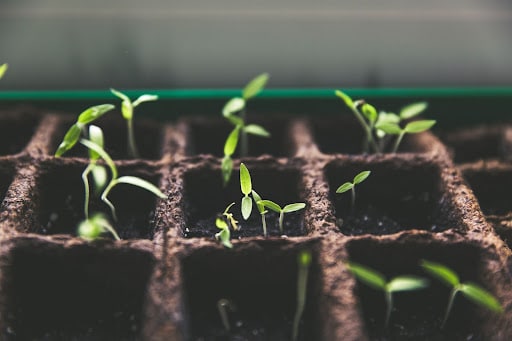
As spring arrives in Ontario, gardeners and farmers alike eagerly prepare to plant their vegetables. The anticipation of fresh, homegrown produce can be incredibly rewarding. In this blog, we will explore the importance of planting vegetables early in Ontario’s spring and how it can maximize your harvest.
Climate and Growing Conditions in Ontario
Ontario’s climate varies across the province, from the cooler northern regions to the milder southern areas. Springtime can be unpredictable, with fluctuating temperatures and precipitation levels. However, planting vegetables early in spring can have several benefits:
- Extended growing season: Planting early allows you to make the most of Ontario’s relatively short growing season, giving your plants more time to mature and produce a bountiful harvest.
- Pest and disease control: Early planting can sometimes help reduce the risk of pests and diseases, as some insects and pathogens may not yet be prevalent in the early weeks of spring.
- Multiple harvests: For some fast-growing vegetables, planting early can allow you to harvest multiple times throughout the season, leading to an even more abundant yield.
Choosing the Right Vegetables for Early Planting
Selecting the right vegetables for early planting is crucial to ensuring a successful harvest. Some vegetables are better suited for the cooler conditions of early spring, while others require more warmth to grow and develop. Some great options for early planting in Ontario include:
- Cold-hardy vegetables: Examples of cold-hardy vegetables include peas, spinach, kale, and some varieties of lettuce. These plants can tolerate frost and cooler temperatures, making them ideal for early planting.
- Root vegetables: Carrots, radishes, and beets can also be planted early in the spring, as they can withstand cooler soil temperatures and actually benefit from the cold to develop their flavors.
- Fast-growing vegetables: Arugula, mustard greens, and Swiss chard are examples of fast-growing vegetables that can be planted early and harvested multiple times throughout the season.
Preparing Your Garden for Early Planting
Before planting your vegetables early in the spring, there are some essential steps to take to ensure your garden is ready:
- Soil preparation: Start by clearing out any leftover debris from the previous year and work in some organic matter, such as compost or well-rotted manure, to improve soil structure and fertility.
- Hardening off seedlings: If you’re transplanting seedlings that were started indoors, be sure to harden them off by gradually exposing them to the outdoor conditions. This will help to reduce transplant shock and ensure they adapt well to their new environment.
- Soil temperature: For optimal germination, make sure the soil temperature is suitable for the vegetables you are planting. Cold-hardy vegetables can generally be planted when the soil temperature is around 5-7°C (40-45°F), while warmer-season crops may require a minimum of 10°C (50°F).
Tips for Early Planting Success
- Monitor weather conditions: Keep an eye on the weather forecast and be prepared to protect your plants with frost blankets or row covers if a sudden frost or cold snap is predicted.
- Use raised beds or containers: Raised beds and containers can warm up more quickly than the ground, allowing you to plant your vegetables earlier and provide better drainage.
- Mulch: Apply a layer of mulch around your plants to help conserve moisture, suppress weeds, and maintain a consistent soil temperature.
You can source an amazing array of plants and seeds from many local garden centers such as Terra Greenhouses, the team at Natural Landscape Group have worked with Terra for many years on a range of landscape and planting projects and we would recommend them highly in terms of plant knowledge, quality and expertise!
As always, reach out if you have any questions related to your outdoor space!

